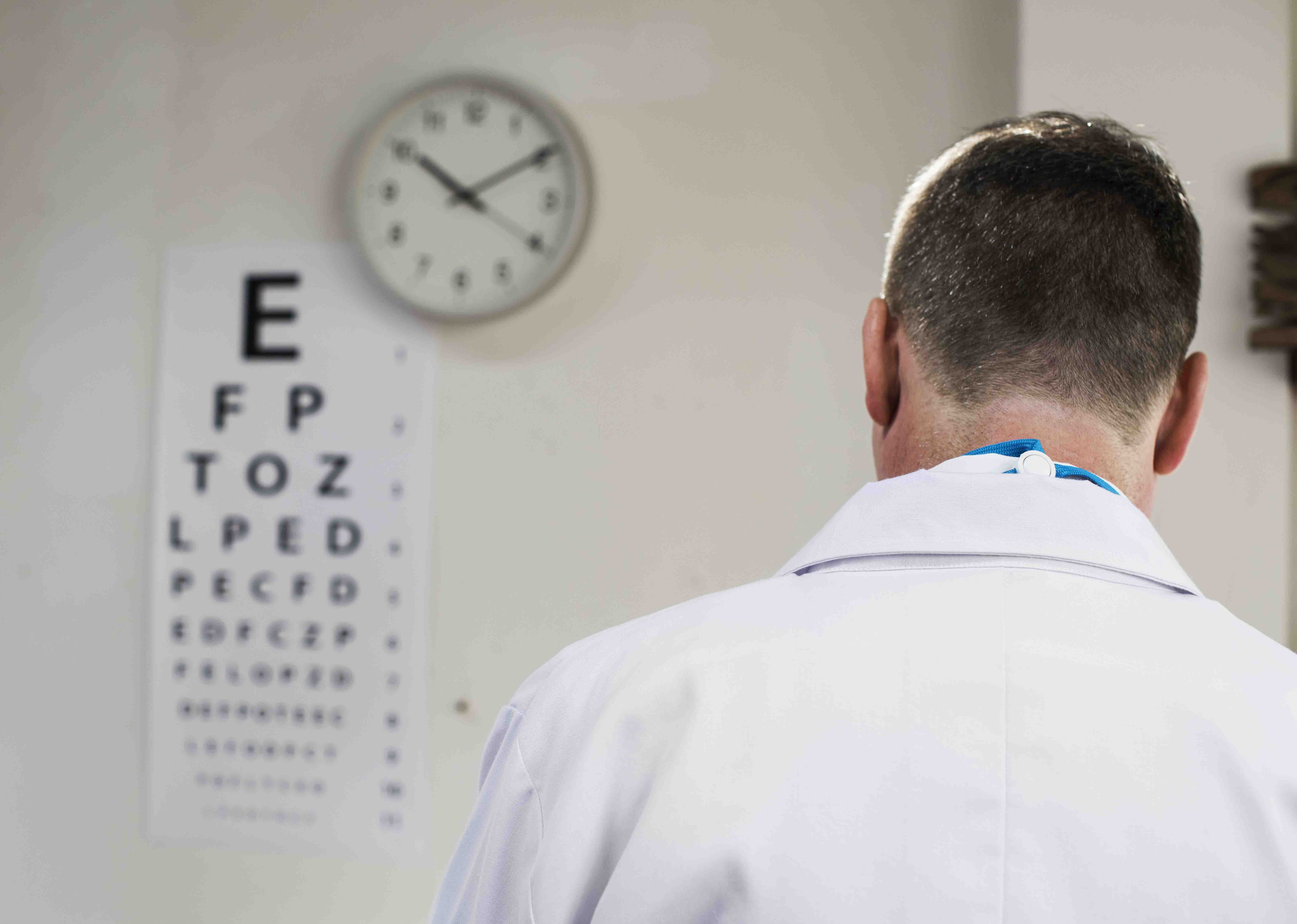Understanding your eye test results can feel overwhelming, but it’s key to managing your vision health. This guide simplifies the technical terms, helping you make informed decisions about your eye care.
1. Understanding the Prescription
Your prescription for corrective lenses includes the following terms:
-
OD and OS: OD (right eye) and OS (left eye) come from Latin. OU refers to both eyes.
-
Sphere (SPH): A negative value means nearsightedness; positive means farsightedness.
-
Cylinder (CYL): Indicates the degree of astigmatism—if blank, you have none.
-
Axis: A value between 0–180° specifies the orientation of astigmatism.
-
Add: The extra magnification needed for close-up tasks, like reading, in bifocals or progressive lenses.
2. Visual Acuity
Visual acuity measures the clarity of your vision.
-
20/20 Vision: Normal vision at 20 feet.
-
20/40 Vision: You must be 20 feet away to see what others can see at 40 feet.
-
Implications: If your visual acuity is below 20/40, you may need corrective lenses or adjustments to your prescription.
3. Intraocular Pressure (IOP)
Normal IOP ranges from 10–21 mmHg. Values outside this range might indicate risks for glaucoma or ocular hypertension. Regular monitoring can help prevent complications.
4. Additional Tests for Eye Health
-
Color Vision Testing: Detects deficiencies in distinguishing colors, linked to genetics or eye conditions.
-
Peripheral Vision: Reduced peripheral vision may indicate glaucoma or neurological issues.
-
Eye Coordination: Misalignment may lead to double vision and can often be corrected with therapy.
5. What to Do Next
After your exam:
-
Discuss prescription options (glasses, contacts, or surgery).
-
Adopt vision-protecting habits, like wearing sunglasses.
-
Follow up regularly to monitor changes in your eye health.
FAQs
-
What does a negative SPH value mean?
A negative SPH value means you're nearsighted, requiring lenses to help you see far away. -
Is 20/20 vision perfect vision?
Not necessarily. While 20/20 is normal, it doesn’t assess peripheral vision or depth perception. -
How often should I get my eyes checked?
Adults should have an exam every 1–2 years, or more frequently if you have a condition like diabetes or wear corrective lenses.


